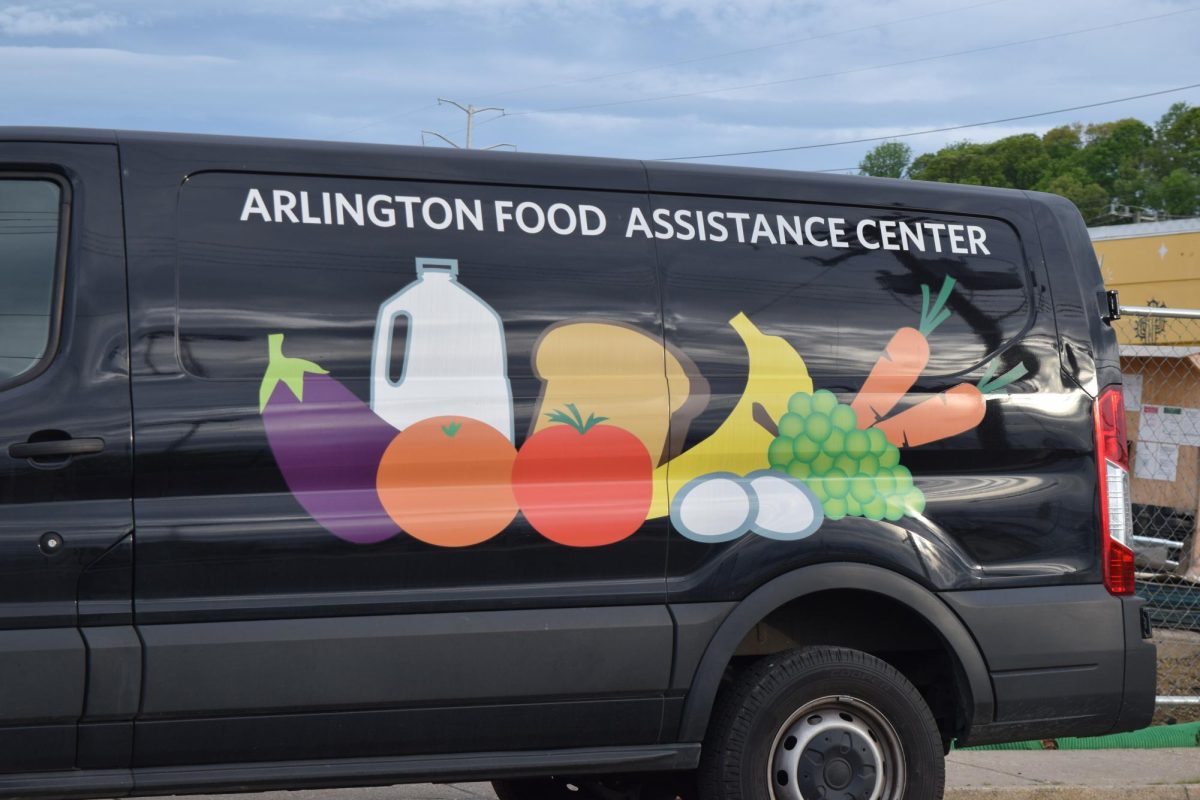Fast fashion — a term used to define the process of retail giants selling inexpensive clothing to consumers in massive quantities in response to the fluctuation of trends — is a large issue that only keeps growing. Due to the allure of low prices and higher production rates, most mainstream clothing brands are its greatest perpetrators. It is imperative for consumers to take a step back and realize the drastic negative impact fast fashion has had and will continue to have on our world; the current direction of the fashion industry has the potential to be disastrous.
In the 1960s, when trends became easier to follow because companies began to mass-produce clothing, many people jumped at the opportunity to buy new, low-priced garments. Since then, fast fashion has steadily grown in popularity. It became mainstream in the 1990s, when some of the first fast fashion companies, such as H&M and Forever 21, began to operate in the United States. With manufacturers producing clothes that could hit the shelves just two weeks later, it became simpler for big brands to cater to the latest fashion trends. However, the means used to quickly and cheaply produce clothing came at an enormous ethical and environmental cost.
Although many of the world’s leading fast fashion companies are based in first world countries, they look to developing countries to supply labor. Most developing countries lack the stringent labor and environmental regulations of developed countries, which allows fast fashion giants to inexpensively mass-produce their products with little care for their underpaid workers. The process of manufacturing clothing often involves hazardous chemicals or materials, which workers are often at risk of inhaling. In fact, a laborer dies every 30 seconds from exposure to a toxic substance in the workplace, according to the United Nations (UN). Sadly, labor exploitation commonly affects minors, too. Child labor is considered one of the main forms of modern slavery, and there are an estimated 152 million victims of child labor worldwide. Child laborers can work 12-to-14-hour days for minimal wages, and be sucked into the low wage trap through their entire life. According to Fashion United, Burman laborers as young as 14 years old work for as little as 18¢ in clothing factories; to compare, the US minimum wage of $7.25 is over 40 times larger.
Another issue posed by fast fashion is its detrimental impact on the environment. According to the UN Environment Program, the fast fashion industry is responsible for eight percent of global carbon emissions, mostly due to the magnitude at which textile crops are grown and harvested. Hazardous pesticide usage is also off the charts, with 10-20% of all pesticides being used for textile crops. Moreover, the amount of waste caused by the fashion industry is shocking. Hence the “fast” in fast fashion, three out of five fast fashion items end up in landfills, according to the Clean Clothes Campaign.
While the industry should bear a heavy portion of the blame, consumers are also at fault when it comes to fast fashion. Cycling through trends with rapid speed, supporting companies that have been exposed for unethical practices and throwing away record numbers of garments are all ways consumers are a part of the problem. While the prices fast fashion giants offer are the only affordable option for many, it is important for those who can afford to support sustainable fashion to evaluate their buying habits and determine if they can change them.
The second-hand clothing cycle is one of the most common ways to practice sustainable fashion. Instead of throwing away used clothes, people can choose to donate to their local thrift stores. On the flip side, buying from thrift stores and second-hand shops is an affordable and sustainable shopping option. Thrift stores tend to not only be cheaper than fast fashion giants but also a more environmentally-friendly and ethical alternative. Additionally, shopping in thrift stores reduces the amount of clothing that packs landfills, or worse, causes pollution.
Online second-hand clothing is a market that has especially grown over the past several years. Although eBay was one of the first popular online second-hand marketplaces, new apps and websites have gained traction in recent years such as Poshmark, ThredUp and Depop. Online, customers can use search terms and filters to find specific items, whereas thrifters must physically sort through clothing to find what they are looking for. Another benefit of online second-hand marketplaces is that customers can safely shop from home if they are concerned about COVID-19.
Another way to be a conscientious consumer is by shopping at sustainable fashion companies. While this can be more costly than buying second-hand clothing, sustainable apparel is often much more well-made than fast fashion garments. Many sustainable clothing companies practice ethical manufacturing processes as well. A recent phenomenon in sustainable fashion has been the use of textiles made from recycled plastic. Customers can shop happily knowing their purchases are directly turning trash into treasure.
With the global clothing industry being one of the largest sources of carbon emissions, pollution, unethical labor and waste, it is critical for consumers to support the sectors of the industry that will be sustainable for years to come. By supporting businesses that employ environmentally- friendly practices and provide fair wages and safe working conditions, consumers can expect a brighter, more sustainable future for the fashion industry and the world.









































